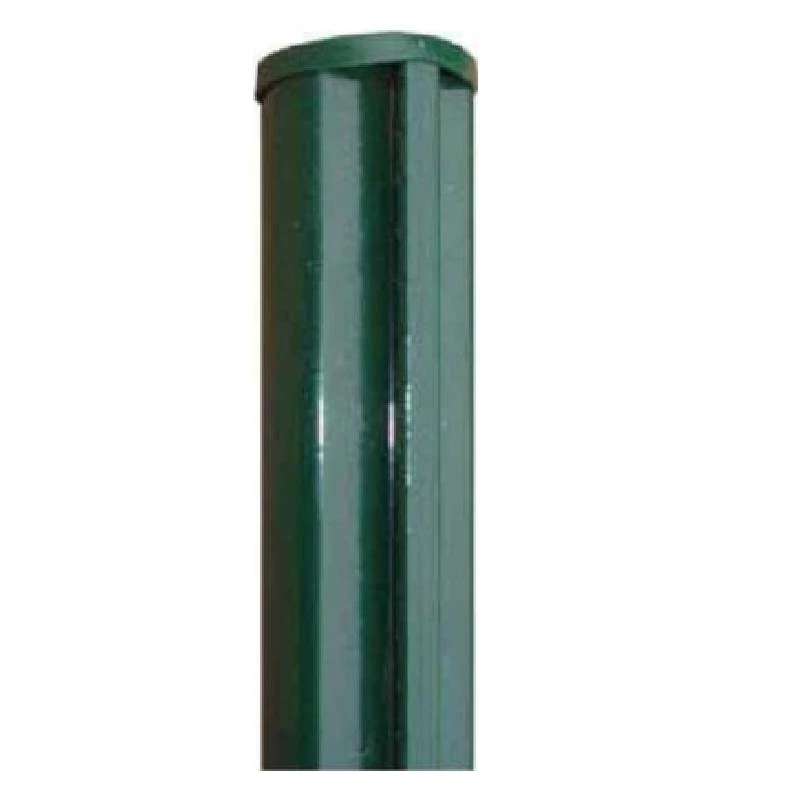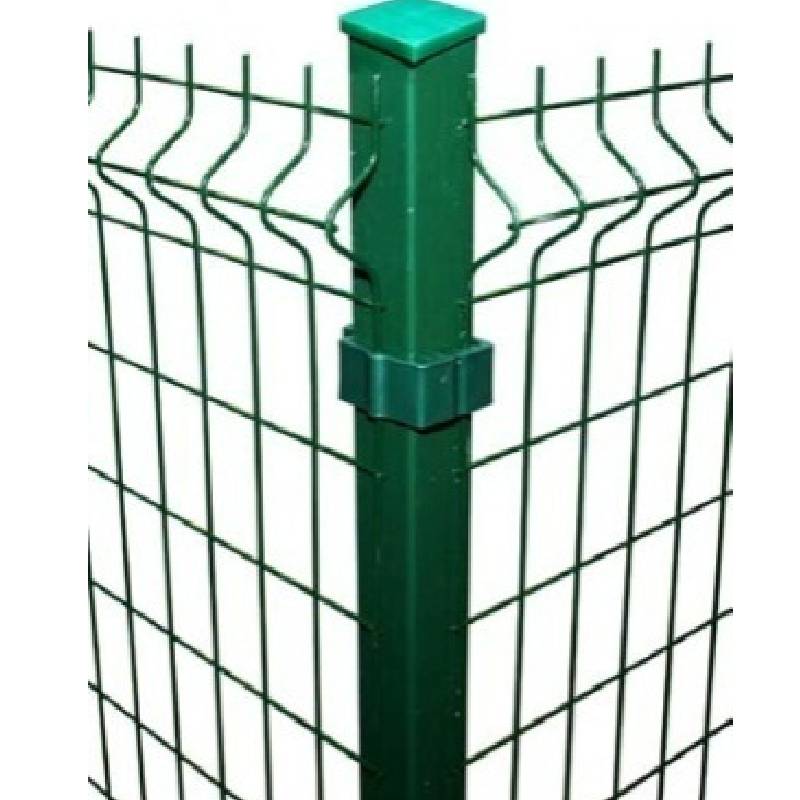-
Email:zhao@hyliec.cn
-
Tel:+86 311 85273988
-
Što ima:8613931128750
-
 afrički
afrički -
 albanski
albanski -
 amharski
amharski -
 arapski
arapski -
 Armenac
Armenac -
 azerbajdžanski
azerbajdžanski -
 baskijski
baskijski -
 bjeloruski
bjeloruski -
 bengalski
bengalski -
 bosanski
bosanski -
 bugarski
bugarski -
 katalonski
katalonski -
 Cebuano
Cebuano -
 Korzikanac
Korzikanac -
 Hrvatski
Hrvatski -
 češki
češki -
 danski
danski -
 nizozemski
nizozemski -
 Engleski
Engleski -
 esperanto
esperanto -
 estonski
estonski -
 finski
finski -
 francuski
francuski -
 frizijski
frizijski -
 galicijski
galicijski -
 gruzijski
gruzijski -
 njemački
njemački -
 grčki
grčki -
 gudžarati
gudžarati -
 haićanski kreolski
haićanski kreolski -
 kuća
kuća -
 havajski
havajski -
 hebrejski
hebrejski -
 Ne
Ne -
 Miao
Miao -
 mađarski
mađarski -
 islandski
islandski -
 igbo
igbo -
 indonezijski
indonezijski -
 irski
irski -
 talijanski
talijanski -
 japanski
japanski -
 javanski
javanski -
 kannada
kannada -
 kazahstanski
kazahstanski -
 kmerski
kmerski -
 ruandski
ruandski -
 korejski
korejski -
 kurdski
kurdski -
 Kirgistan
Kirgistan -
 TBC
TBC -
 latinski
latinski -
 latvijski
latvijski -
 litvanski
litvanski -
 luksemburški
luksemburški -
 makedonski
makedonski -
 Malgaši
Malgaši -
 malajski
malajski -
 malajalamski
malajalamski -
 malteški
malteški -
 maorski
maorski -
 marati
marati -
 mongolski
mongolski -
 Mianmar
Mianmar -
 nepalski
nepalski -
 norveški
norveški -
 norveški
norveški -
 oksitanski
oksitanski -
 paštunski
paštunski -
 perzijski
perzijski -
 Polirati
Polirati -
 Portugalski
Portugalski -
 pandžapski
pandžapski -
 rumunjski
rumunjski -
 ruski
ruski -
 Samoanac
Samoanac -
 škotski galski
škotski galski -
 srpski
srpski -
 Engleski
Engleski -
 Shona
Shona -
 sindhi
sindhi -
 sinhalski
sinhalski -
 slovački
slovački -
 slovenski
slovenski -
 somalijski
somalijski -
 španjolski
španjolski -
 sundanski
sundanski -
 svahili
svahili -
 švedski
švedski -
 tagalog
tagalog -
 tadžički
tadžički -
 Tamil
Tamil -
 tatarski
tatarski -
 teluški
teluški -
 tajlandski
tajlandski -
 turski
turski -
 turkmenski
turkmenski -
 ukrajinski
ukrajinski -
 urdu
urdu -
 ujgurski
ujgurski -
 uzbečki
uzbečki -
 vijetnamski
vijetnamski -
 velški
velški -
 Pomozite
Pomozite -
 jidiš
jidiš -
 joruba
joruba -
 zulu
zulu
Post za mačevanje
What Type Of Fence Post Is Best?
The best type of fence post depends on various factors such as the type of fence, local climate, soil conditions, and personal preferences. Common options for fence posts include:
1. Round steel posts: Round steel posts are a traditional and versatile choice, suitable for various fence types. They can be treated to resist rot and decay, but may require maintenance over time.
2. Square steel posts and rabbet posts offer durability and strength, making them suitable for supporting heavy or high-security fences. They are resistant to rot and insect damage.
3. Steel round posts/ square posts/ rabbet with base plate: They are suitable to install on the concrete ground, and fixed by concrete nails.
What Size Is A Fence Post?
Fence posts come in various sizes, typically having Φ32 Φ34 Φ38 Φ48 Φ60 Φ80 for round steel posts and 40x40 60x60 40x60 60x60 80x80 100x100 etc for square tube posts in dimension. The specific size of a fence post depends on the type of fence being installed, the height and weight of the fence panels, and the local building codes or regulations. It's important to select the appropriate size of fence post to ensure stability and structural integrity for the specific fencing project. Consulting with a professional or referring to local building codes can provide guidance on the recommended size of fence posts for a particular application.
Fence Post FAQ:
What type of fence post is best?
The best type of fence post depends on various factors such as the type of fence, local climate, soil conditions, and personal preferences. Common options for fence posts include round steel posts, square steel posts and rabbet steel posts, posts with base plate or without base plate. Each type has its own advantages and considerations, so it's important to choose the most suitable option based on the specific requirements of the fence project.
What size is a fence post?
Fence posts come in various sizes, typically typically having Φ32 Φ34 Φ38 Φ48 Φ60 Φ80 for round steel posts and 40x40 60x60 40x60 60x60 80x80 100x100 etc for square tube posts in dimension. The specific size of a fence post depends on the type of fence being installed, the height and weight of the fence panels, and local building codes or regulations. It's important to select the appropriate size of fence post to ensure stability and structural integrity for the specific fencing project.
How to install a panel fence?
Paneling a fence involves several steps, including measuring and planning, installing the posts, attaching the panels, adding finishing touches, and performing regular maintenance. It's important to follow the manufacturer's instructions and local building codes when paneling a fence to ensure proper installation and compliance with regulations. If in doubt, it's advisable to consult with a professional or seek guidance from experienced individuals.






